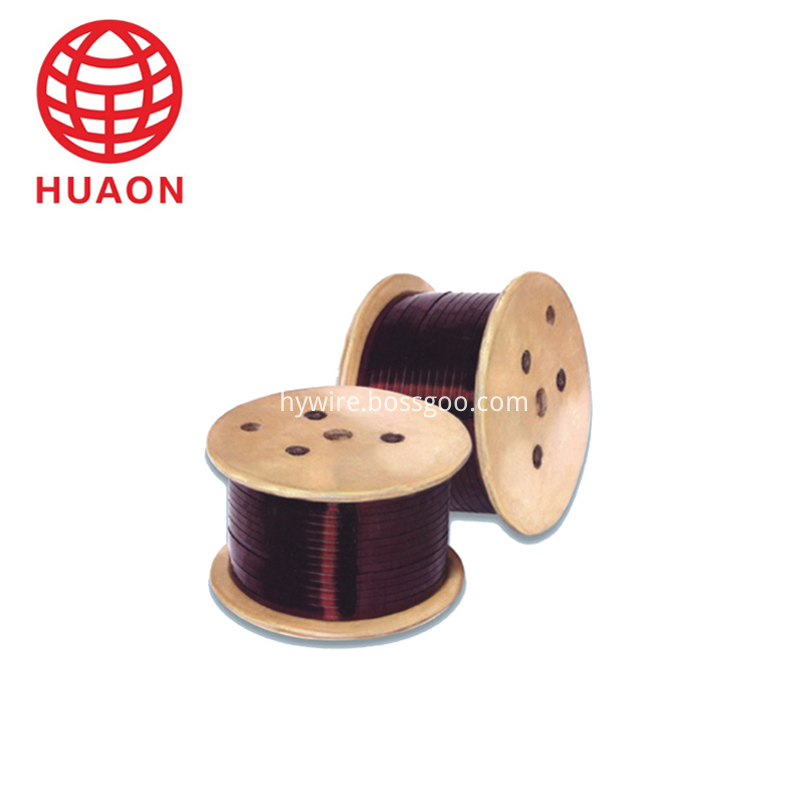OLED luminescent materials are classified into fluorescent materials and phosphorescent materials according to the principle of luminescence. The fluorescent material recombines (emits) only when the exciton is in a spin state of "one heavy state". In addition to the singlet state, the phosphorescent material emits light through the spin state of the triplet state. Since the singlet and triplet states occur in a ratio of 1:3, the internal quantum efficiency of the fluorescent material is at most 25%, and the phosphorescent material is at most 100%. In fluorescent materials, the energy of triplet excitons is generally not used for luminescence, and almost all of them are lost by heat.

This phenomenon is manifested in the difference in the luminous efficiency of OLED elements. Therefore, in the development of OLED displays and OLED lighting, the proportion of phosphorescent materials is increasing. An OLED element having a luminous efficiency exceeding 50 lm/W can be realized with a phosphorescent material in addition to the blue luminescent material. However, phosphorescent materials still have many problems. For example: (1) Phosphorescent materials contain rare metals and are expensive; (2) Universal Display (UDC) holds the basic patent for phosphorescent materials, and negotiates with the company when used; (3) blue phosphorescent materials The luminescence lifetime is short, there are almost no practical materials, and so on.

Recently, the industry has discovered several materials that are fluorescent materials but have an internal quantum efficiency of more than 25%. OPERA's Anda Research Laboratory is very concerned about this phenomenon, and one of its luminescence principles is called "thermally active delayed fluorescence (TADF)", which studies the material design to improve its luminous efficiency.
TADF emits light only when the exciton passes through a single state, in this sense it is a fluorescent material. However, triplet excitons will "inspire" into a single state when heated. This is expected to make all the excitons contribute to the luminescence.
The Anda Research Laboratory developed a material with an internal quantum efficiency of over 90% using the principle of TADF. This is a low molecular material composed of 5 to 9 benzene rings, which does not require rare metals and rare earth elements. In addition, OLED elements and displays using the materials were also prototyped. The external quantum efficiency is said to be over 19%, and results are comparable to those using phosphorescent materials. At present, the most efficient is the green luminescent material, but Anda said that "almost all colors including dark blue, new materials have already achieved the eyebrows."
| About Eiw Enameled Aluminium Wire |
Class 180 thin insulation thickness of polyester -imide aluminum round wire
Packaging Details cartons for outer packing, reels with enameled wire inside, paper outside the reels. we also can pack the goods according to the requirements of the clients .
250*500/250*600/250*400 wooden spools.

Super Enamelled Copper Wire,Eiw Enameled Aluminium Wire,Eiw Polyesterimide Enameled Winding Wire,Round Enameled Aluminum Wire
HENAN HUAYANG ELECTRICAL TECHNOLOGY GROUP CO.,LTD , https://www.huaonwire.com